Is that time of the year again...
Next 'cut n paste' from Notes from the lab....Perfect time to gather some wild garlic and use your imagination all over the place.
Lacto pesto
It was wild garlic season. I was working on a dish for my first book*. Usually, foragers aim for leaves to pick—in that case, I was actually aiming for the stems. I wanted to show in my book that the stems are also excellent to eat, dehydrate, and use for pesto.
*My first book i was talking about before: Forage to Fork.
So after i managed to take this pretty picture and was done with this dish, i had lots of leftover stems so just thought to throw some juicy pesto/salsa together.
I wasn't taking into consideration that the stems are holding way more water inside than the leaves (raising the water activity - making the lactobacillus spreading even and easy). Was making the pesto as usual - focusing on not creating any ‘waste’. I got the massive bunch of wild garlic stems and filled my blender up.
Adding some oil, lots of alexander pepper (obsessed with, it’s a foraged seed i use instead of real black pepper) and a nice sprinkle of sea salt. Finishing the whole story with toasted nuts/seeds, i believe i used pine nuts in this very first attempt. Blend. Done. Filled some sterilized jars without any air pockets (trying my best) and covered the top with olive oil (making sure no oxidation).
Stored them in the fridge. Nicely forgotten one jar hidden. I found it after a month or maybe even later.
It was the best pesto i have ever tasted. Wasn’t just lovely mild, garlicky and nutty and very herby - but got to another level with the lacto complexity. The elegant acidic sourness just put the cherry on top. From that point none of the ‘normal pestos’ feels actually finished properly. LOL.
Tried to remake this many more times. It's never as great as the first accident was but i could get pretty close to that deliciousness. Also tried and used many more different plants - pesto for me is mostly foraged stuff, i would never really spend money for rocket or basil anymore, just to blend them. Very easy to find dandelion leaves, wild rockets, chickweed, sea purslane, garlic mustard or mallow leaves (and so on…) to make a beautiful medicinal and delicious pesto. Plus their surface is covered with our best friend Lactobacillus - just try to ‘forget’ your delicious pesto in the fridge so the magic finally can happen.
P.s.: Always carefully wash every foraged plant and make sure your identification is 500% accurate. You will get rid of dirt, mud, squirrel poo while the right bacteria will still be there to do the simple lacto fermentation.
If you are advanced with some knowledge of the most common bacteria, you can just jump through these lines.
If you are just scratching the surface of all fermentation, then this book is not quite the right one for you LOL. Apologies BUT! I put all my faith in you that you won’t get lost in this deep intestinal like rabbit hole and you can bravely navigate through several parallel universes till you find your clear vision of all of this microbe world. But till then…
If you are just scratching the surface of all fermentation, then let me introduce you Mr. Lactobacillus, the one and only (over 260 phylogenetically, ecologically, and metabolically diverse species haha) who will definitely become your bestie and i tell you why.
LACTOBACILLUS USE CARBOHYDRATES FOR ENERGY, IN THE PROCESS PRODUCING LACTIC ACID, ACETIC ACID, ALCOHOL AND CARBON DIOXIDE.
THIS LOWERS THE PH OF THE ENVIRONMENT TO THE POINT AT WHICH OTHER BACTERIA CAN SURVIVE - PRESERVING THE FOOD FROM FURTHER DETERIORATION.
SALT IS ADDED TO PREVENT THE GROWTH OF OTHER UNWANTED BACTERIA, YEAST AND FUNGI - LACTOBACILLUS ARE SALT TOLERANT SO THEY ARE ABLE TO GROW QUICKLY AND TAKE OVER FROM THE OTHER MICROBES KEEPING THE FOOD SAFE IN ANAEROBIC CONDITIONS.
Basically you can make the simplest ferment only by capturing this wild bacteria by creating the right environment, plus adding salt, and your success is guaranteed. Welcome to the Smelly Empire of Sauerkraut and the Spicy Land of Kimchi. Or fermented hot sauce. Or mustard piccalilli. Or cultured vegan cheeses. All of these gorgeous ferments made with salt and our forever and ever bestie, Lactobacillus.
If im pointing back to the previous lacto pesto topic - i would add that basically lacto fermentation is pretty much unavoidable unless you sterilize your ingredients by heat. But sooner or later, lactobacillus will appear in your food and start to change flavours. The reason i never experienced lacto pesto before is because i never forgot it for more than a month in my fridge. And usually pesto made with as little amount of water as possible (not like mine that had plenty of juicy stems innit). And our friend LAB loves a bit of a brine so it can swim all around. Or just forget your hummus on your kitchen counter for a few days. Will be bubbly and sour and possibly delicious. But everything is better if you ‘imagine’ you have the full control* so i encourage you to know the salt content and time frames of your projects.
* NONSENSE. FULL CONTROL IS PURELY ILLUSIONAL. But we can definitely try.


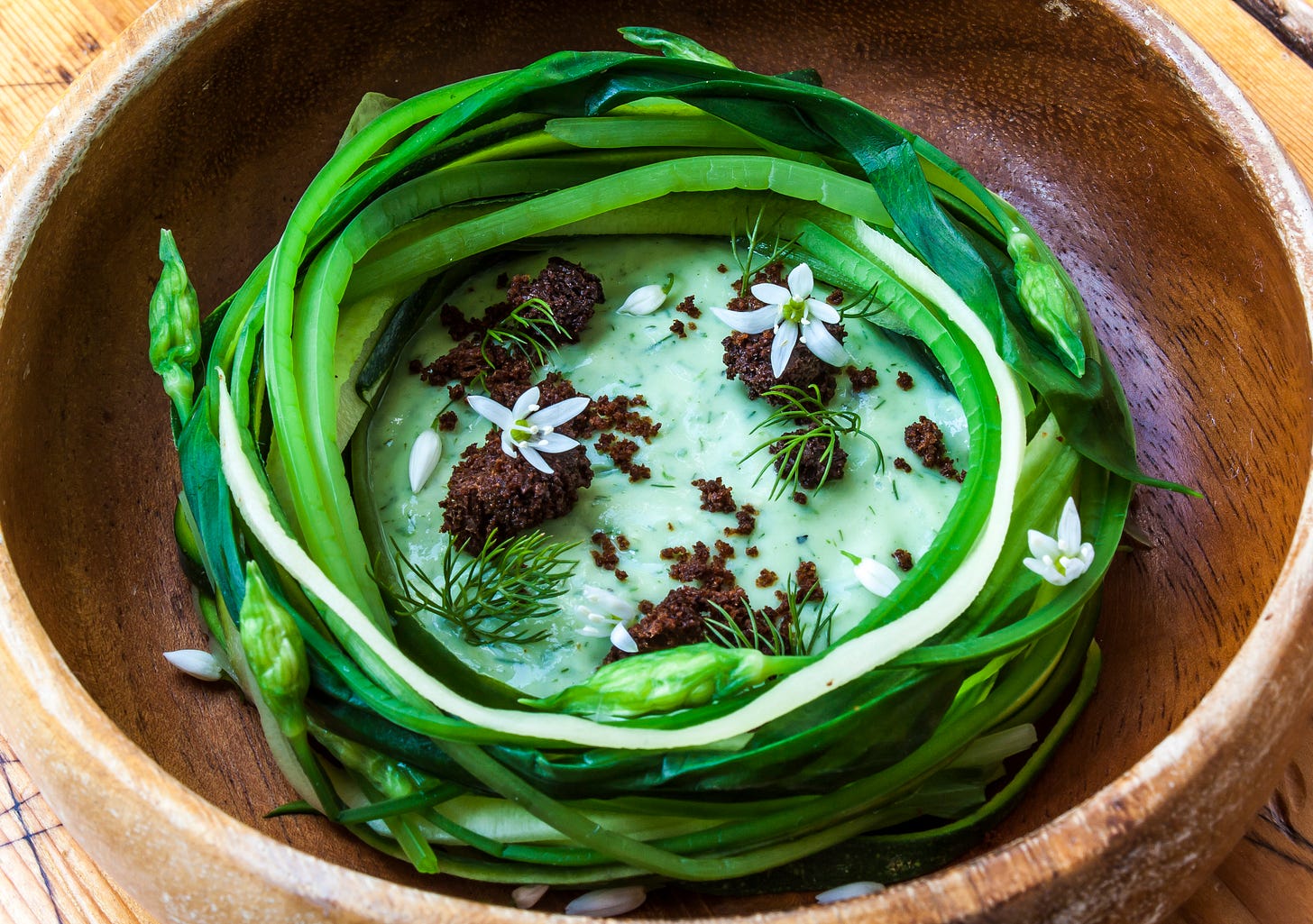
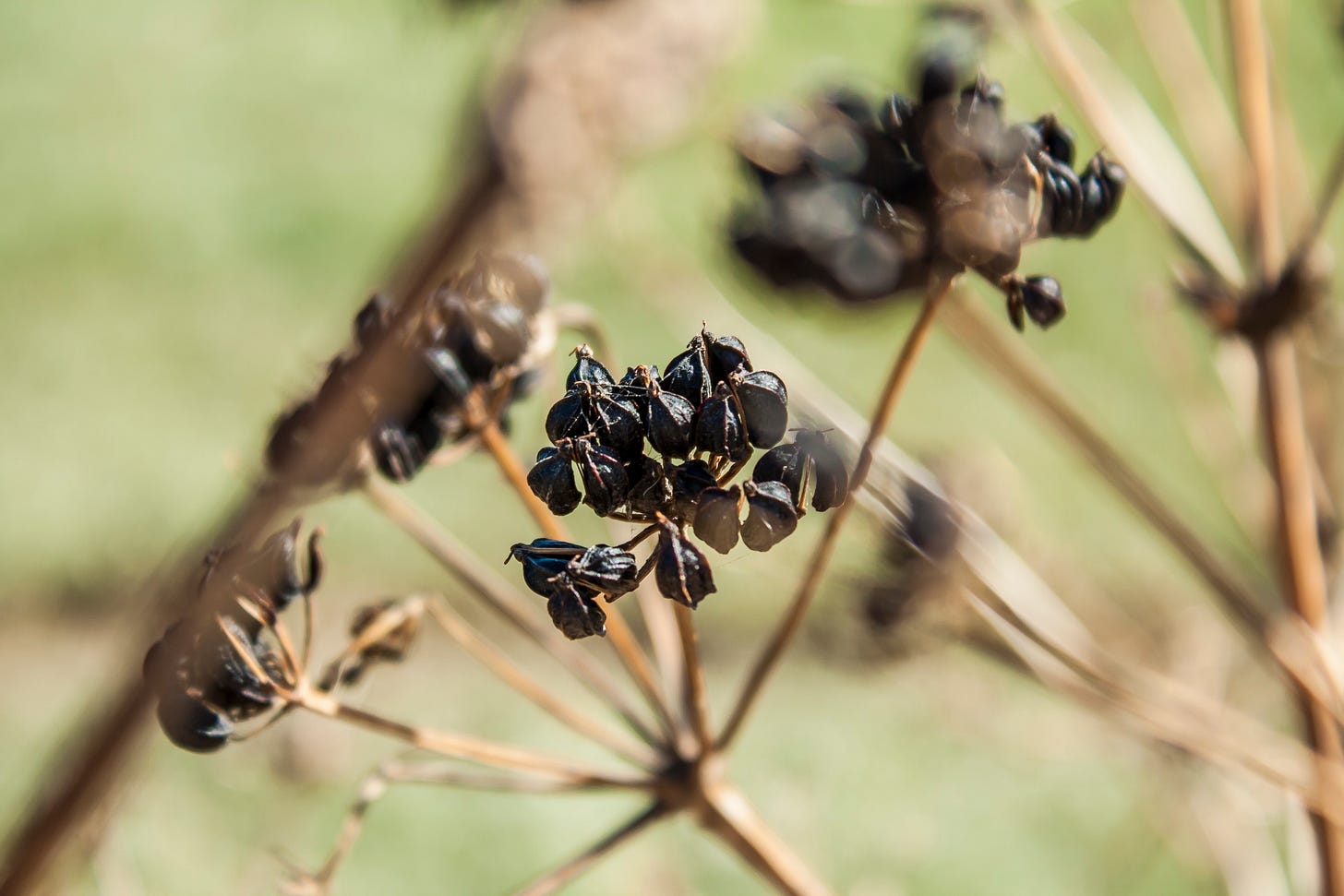
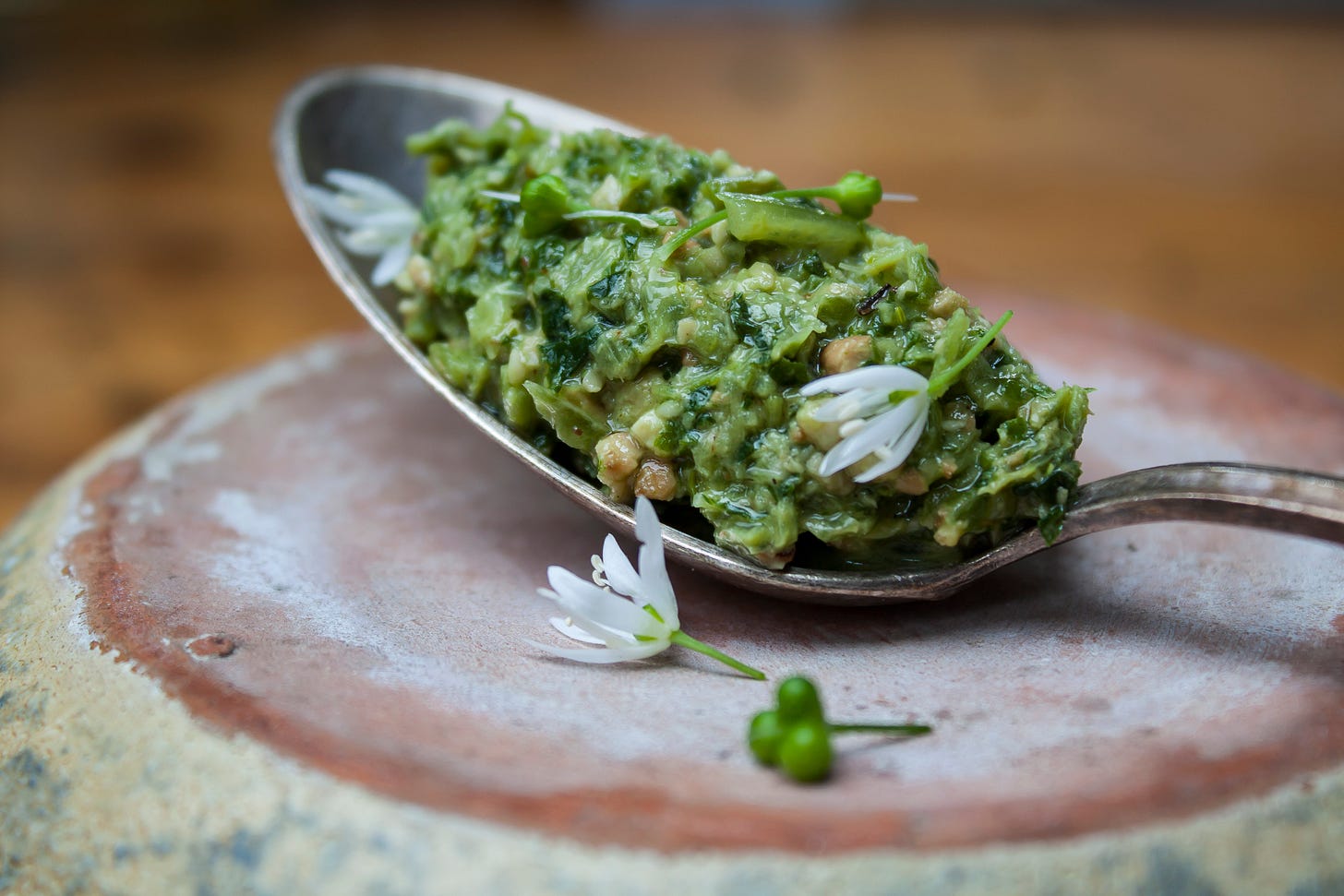
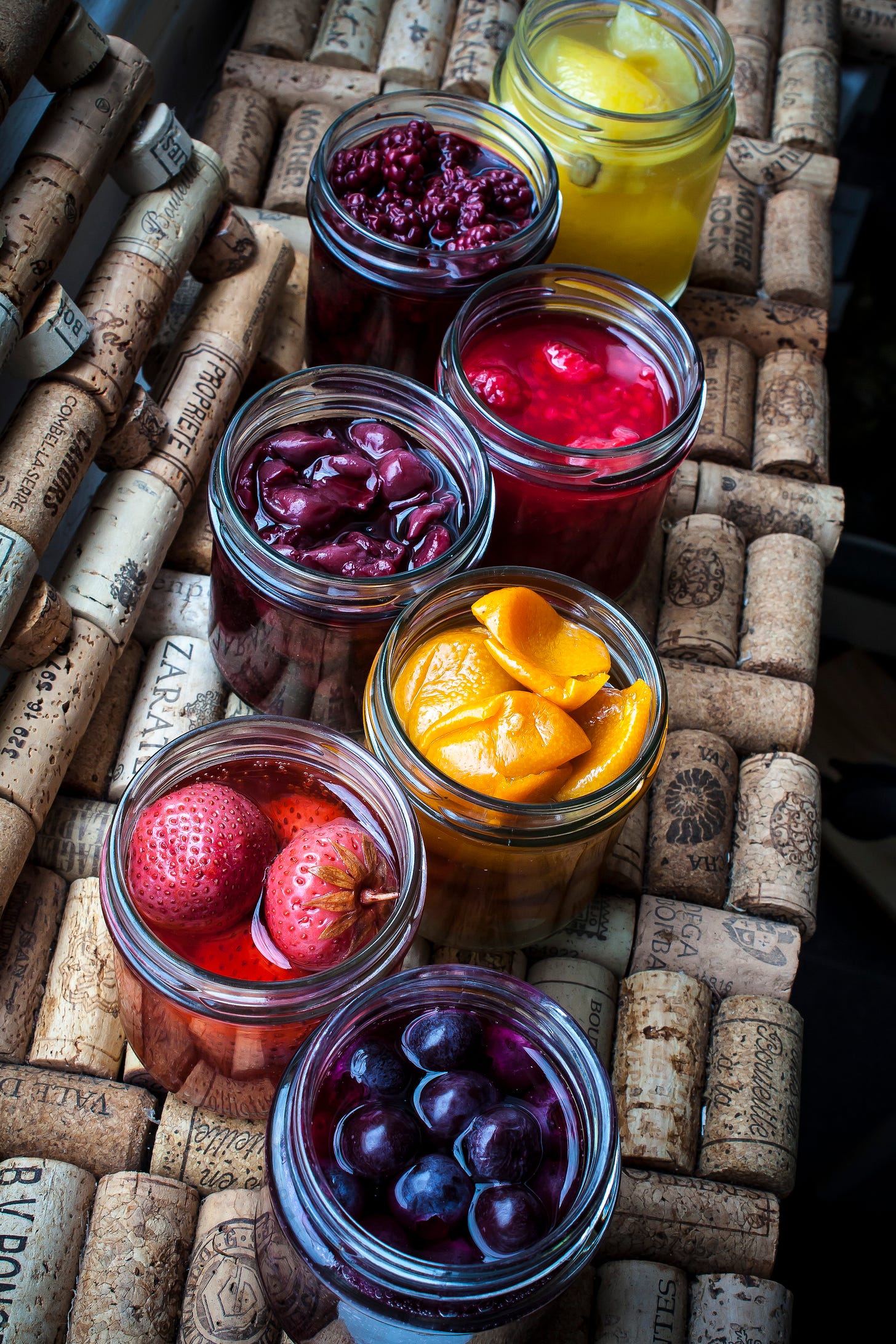
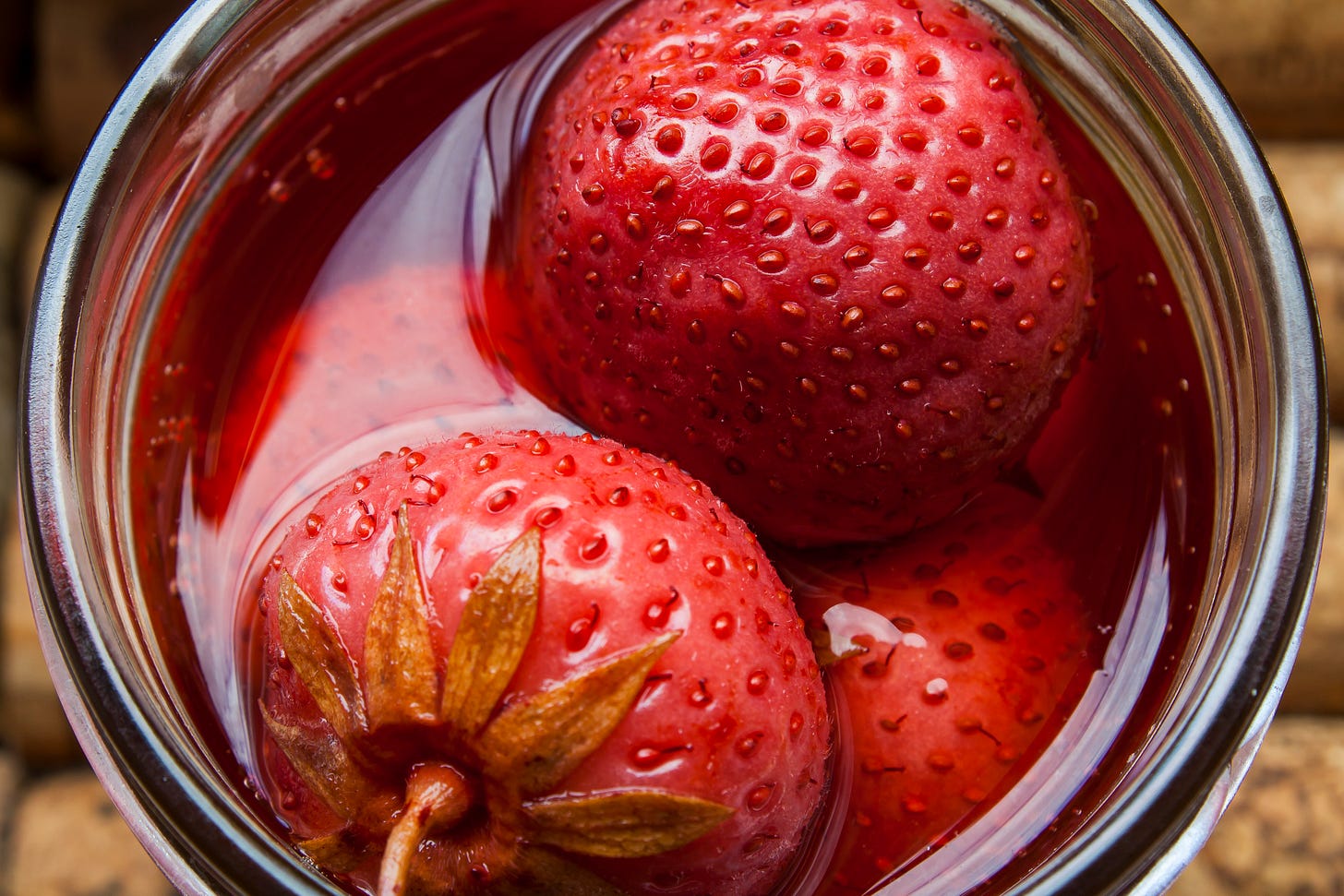
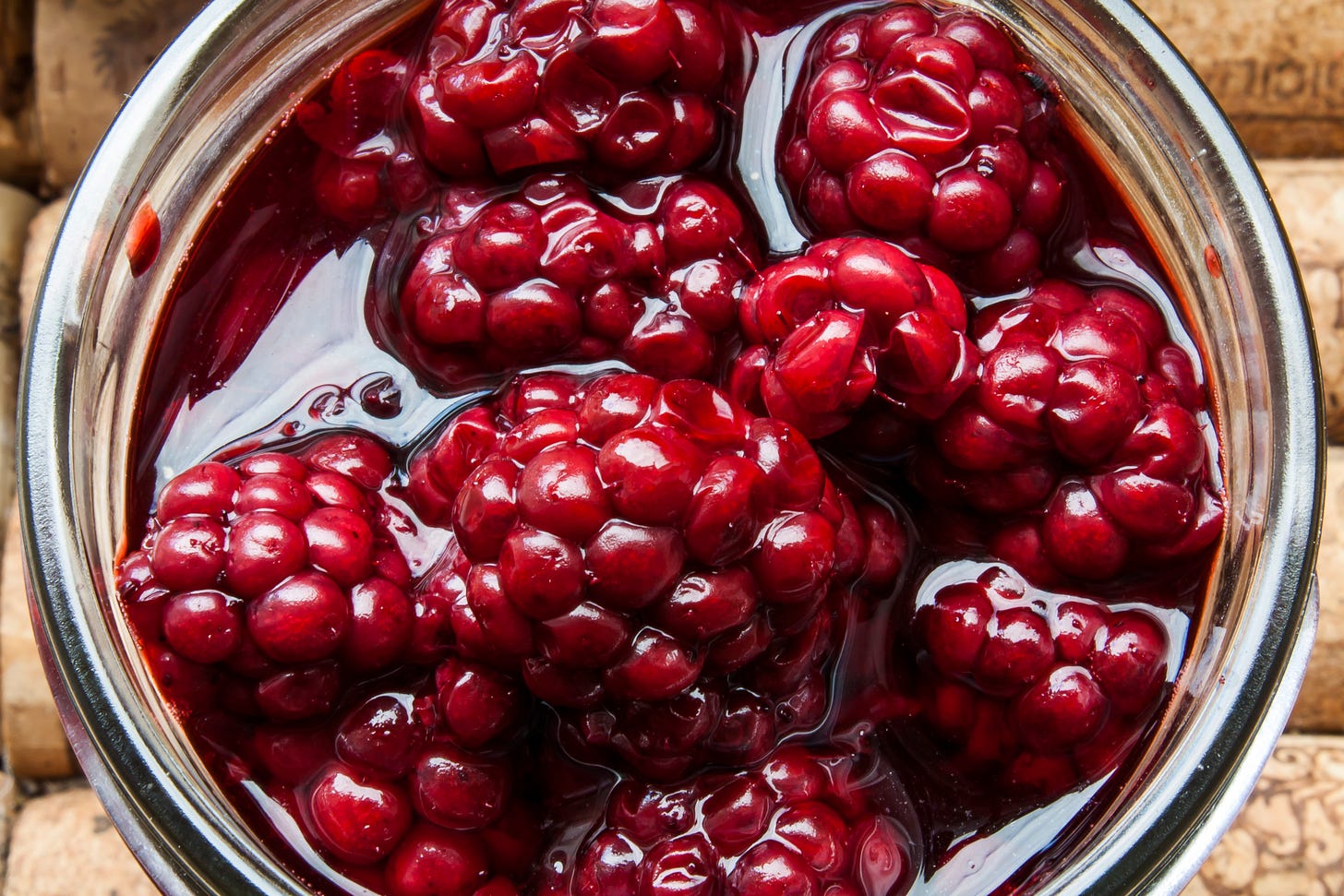
"Full control is purely illusional" - put that on a T Shirt!
So beautiful.